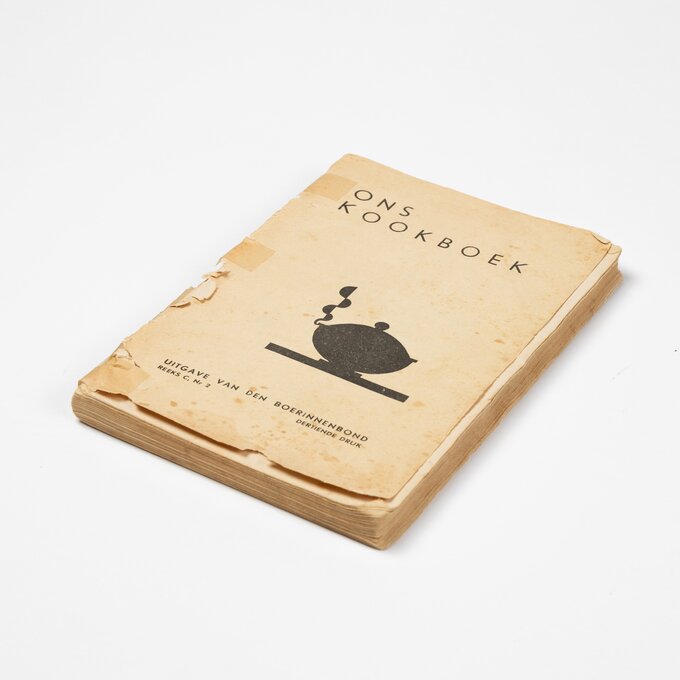Hof der dingen - 'Ons kookboek': The holy grail of Flemish cuisine

Ons Kookboek is often called the bible of Flemish cooking — the go-to book for recipes, tips, and background on the ingredients that make every kitchen run smoothly.
Piet Huysentruyt, Jeroen Meus, Pascale Naessens, or Sandra Bekkari — these Flemish chefs have all immortalised themselves and their recipes in cookbooks. But let’s be honest: they all owe a debt of gratitude to the Boerinnenbond. It was this organisation that, back in 1927, published the mother of all cookbooks: Ons Kookboek (Our Cookbook). For decades, this kitchen guide has set the standard in many Flemish households.
The Catholic Boerinnenbond (Farmers’ Wives Association) focused on the wives of Flemish farmers in the period between both World Wars. Activities centred on religious education, alongside the traditional roles of women in rural life. An important theme was hygiene, aimed at reducing child mortality in rural areas. After the Second World War, the focus shifted towards modernising the family home. Ons Kookboek aimed to teach women how to make the best and most varied use of everything the farm provided.
It contained simple recipes for soups, sauces, and desserts, along with tips for preserving fruit and vegetables longer. The emphasis was on the importance of a balanced meal for the whole family, which at the time meant a combination of meat, potatoes, and vegetables.
Since its first publication, more than 2.5 million copies of Ons Kookboek have been sold. Its influence on Flemish food culture cannot be overstated. The slim 1927 edition gradually grew thicker and adapted to new culinary trends.
Nowadays, couscous, quinoa, and hummus sit side by side with classics like meatballs in tomato sauce and Flemish-style asparagus.
The cookbook’s impact is so great that it has been included in the Flemish Canon —a list of key moments and figures in Flemish history.